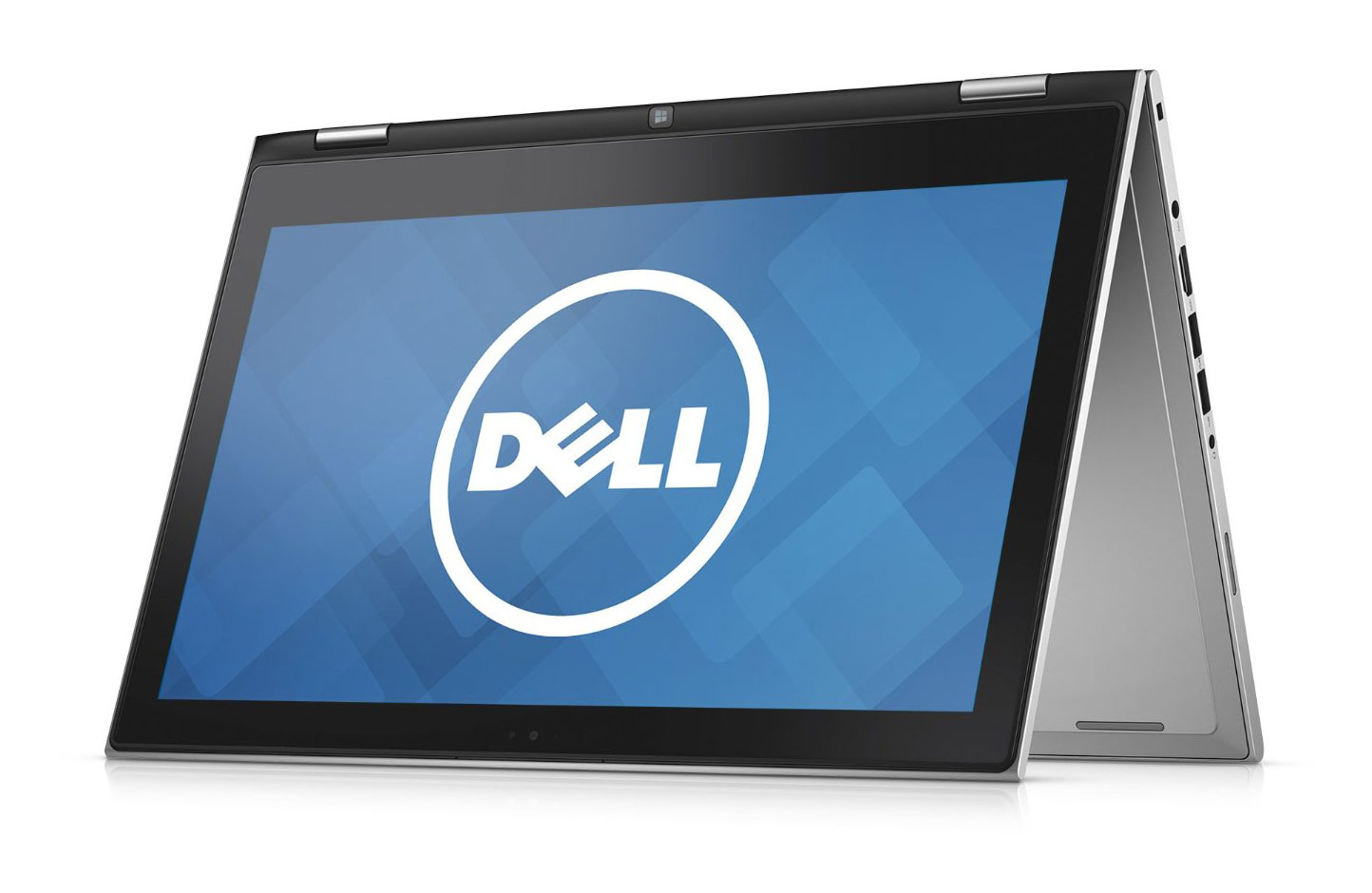When the world shifted from celluloid to digital, the computer became the main component in developing our images to their fullest potential. Instead of chemical and developing tanks, we now use the programs like Lightroom and Capture One to extract the most from the 1s and 0s that our cameras spit out. The upside is that the whole process can be done at your kitchen table from a laptop, however, the downside is that you have to purchase a computer capable of ingesting the 24+ megapixels that DLSRs now can produce.
Looking for a great laptop for editing can be a daunting. Trying to find a mix of performance, battery power, and style, all for a reasonable price seems almost impossible. So what is the best laptop for a photographer? For the majority of creatives, Apple seems to be the go-to manufacturer, but there are plenty of Windows-based machines that can outperform Apple at their price point.
[REWIND: 3 WAYS TO CRUSH BLACKS IN PHOTOSHOP FOR THAT FADED MATTE LOOK ]
What Components Should Your Laptop have?
It is important to have a fast processor, such as the Intel Core i5 or the i7. If you need a laptop to work with very high-resolution RAW files, like the ones from the A7rII or the Canon 5DsR, I would recommend a higher-end processor. Pair the processor with at least 8 GB or more. 16 GB is good for future-proofing, unless you are handling advanced tasks like creating a RAM disk.
[RELATED: Super Charge Lightroom and Photoshop With a RAM Disk ]
A few years ago, Full HD was the only and best resolution for creatives., however over time we have gained options such as QHD (1440p), Retina (~1440p) and UHD (2160p). When looking for the ideal laptop to solve your editing problems, size and resolution should be the first two components addressed, with 13 in. to 15 in. being the best trade off for screen real-estate and mobility.

For any creative visual work an IPS display is almost a necessity. They offer better viewing angles with better contrast and color representation in general. High contrast is essential for editing photos and splicing videos, while low contrast displays lead to overproduced and oversaturated images.
Manufacturers paid little attention to color representation for years; it took brands like Apple to make screen metrics sexy. Most laptops fall between 800:1 and 1200:1 ratio. A good starting point is 1000:1, but anything above 1200:1 is good enough for visual work.
Using integrated graphics are fine for daily tasks, but if you are working with video, you will definitely need something more powerful. Dedicated graphics cards have more cores than even the most high-end laptops and Lightroom and Photoshop can tap into these cores to help with developing tasks.
It can be difficult to find most of the features above within an affordable price range so at some point you must be willing to compromise between features or cost. Here is a list of 5 laptops under $1000 that will be a great choice for any photographer.
Asus ROG GL552VW-DH74 – $999
Specs:
- 2.6 GHz i7-7600HQ
- 16 GB RAM
- 1TB HDD
- 15.6 Inch 1080p IPS Matte displays
- NVIDIA GeForce GTX 960M with 2 GB of RAM
Dell Inspiron i7359-5984SLV – $726
Specs:
- 2.6 GHz i7-7500U
- 8 GB RAM
- 500 GB HDD + 8 GB SSD Storage; Optical Drive Not included
- 13.3 Inch 1080p LED Touchscreen
- Intel 520

Razer Blade Stealth – $999
Specs:
- 2.7 GHz i7-7500U
- 8 GB RAM
- 128 GB PCIe SSD
- 12.5 Inch IGZO Touchscreen
- Thunderbolt 3
- Intel 620

MSI GL62 6QF-893 – $942
Specs:
- 2.6 GHz i7-6700HQ
- 12 GB RAM
- 128GB m.2 SATA SSD + 1TB 7200RPM Storage
- 15.6 Inch 1080p Matte displays
- NVIDIA GeForce GTX 960M with 2 GB of RAM
Apple Macbook MD101LL/A – $999
Specs:
- 2.5 GHz i5-3210M
- 4 GB RAM
- 500 GB 5400RPM HDD
- 13.3 Inch 1280×800 Glossy Display
- Intel 4000
No list of recommend laptops isn’t complete without at least one Apple product. To keep us under the price point, the “101”, as it’s known by Apple employees, is one the oldest notebooks that is still available for purchase with ample upgrades.
A good laptop is one of the most important tools for a photographer in the field, and for those who don’t have a dedicated office to work from, like myself, finding one with the features you need within your budget has the capacity to change the way you work.















